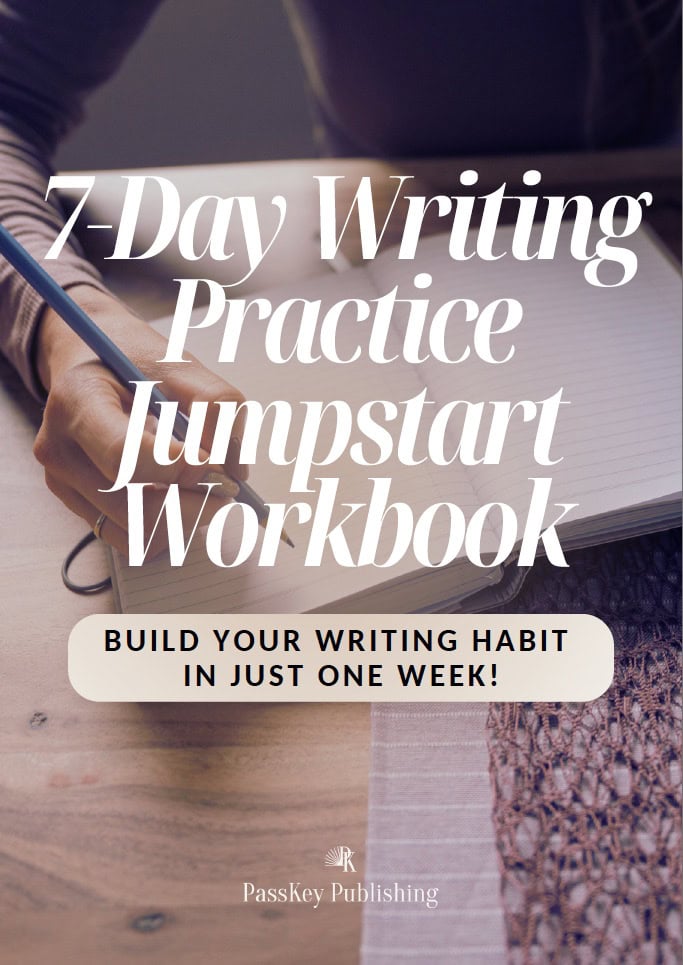How to make sure your ideas don’t slip away.
Last week during a Q&A on writing and publishing, someone asked the following question: “How do you organize all your notes and ideas for future projects?” It’s a great question, and I realized I hadn’t shared my system with you here yet, so here we go!
Keeping track of those little sparks of inspiration can feel overwhelming, but with a bit of structure, it’s totally manageable. Here’s the process I follow, from capturing a fleeting idea to turning it into something I can work with later.
Step 1: Capture Inspiration Whenever It Strikes
The first priority when inspiration hits is simply capturing it, no matter the format. I have a few notebooks and apps that are always within reach, but I’m also not picky about where ideas land. When inspiration strikes (and it can strike fast), the back of an envelope, a quick phone note, or even a sticky note will do just fine. My only goal at that moment is to get it down before it slips away.
Step 2: Explore Ideas Immediately (If Time Allows)
If I can, I dive into the idea right away, jotting down all the details, the emotional tone, and any imagery that comes to mind. But life doesn’t always let us indulge in the moment, so when I’m short on time, I just get down the key points I need to revisit it later.
Step 3: Organize & Review—Creating a Master List
Keeping track of where all these pieces of inspiration land is key. So, I have a master list of where my notes end up, like my phone screenshots, sticky notes, notebooks, and even a folder filled with random scraps of paper. Twice a week, on Mondays and Fridays, I review one of these spots. This way, I know nothing is lost, and I’m always reconnecting with ideas that once excited me.
Step 4: Selecting and Organizing Ideas to Draft
As I review the material in one of these spots, I start selecting ideas that stand out to me. Depending on what’s calling to me, I might draft one for a future newsletter, add a scene idea to a story in progress, or combine snippets for my YA fantasy saga. Organizing them into their designated places keeps the process manageable and energizing.
Step 5: Drafting—Taking the Next Step
After organizing my ideas, the most important step is acting on them. Without a draft or a plan for how to use them, those notes stay just ideas. I try to set aside regular time to bring a few into active drafts each week—keeping me excited and avoiding “idea overwhelm.” From these drafts, I often find new connections and more places to take my writing.
Why It Works for Me—And How It Can Help You
The key to this system is that it lets inspiration be free-flowing but keeps it all in an organized cycle. Capture. Hold. Draft. When capturing inspiration is quick and reviewing it is consistent, I don’t feel like ideas are slipping away. Instead, they’re all right there, waiting for the next phase.
Join the Author’s Atlas for More Insights
Subscribe here and get your free copy of our writing workbook Penning Your Novel: The Essential Pillars of Storytelling.

